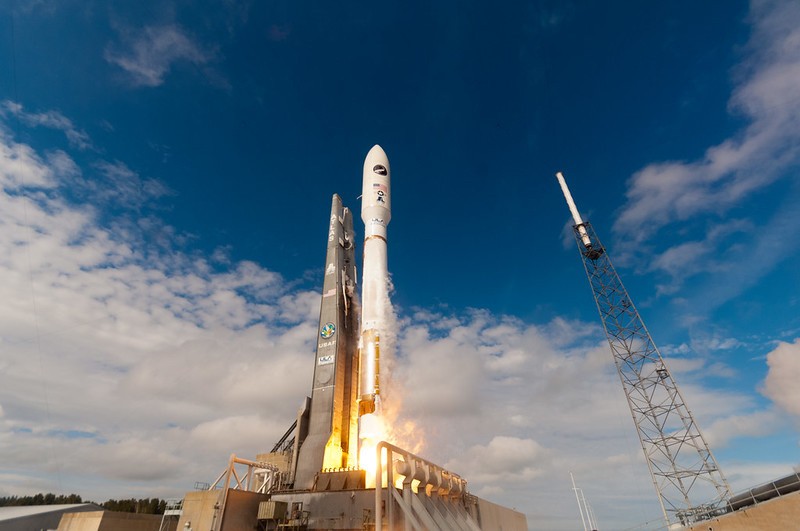United Launch Alliance's (ULA) Atlas V is off to the space!
On Thursday, June 30, ULA will be carrying out two satellites for the U.S. military through an Atlas V Rocket.
You are invited to join the exciting launch via a free livestream!

Where to Watch?
The Atlas V is slated to launch during a two-hour window that begins at 6:00 p.m ED (2200 GMT), on Thursday, from Cape Canaveral Space Force Station in Florida. You can watch the live viewing on Space.com or through ULA's YouTube livestream.
Equipping the U.S. Military
The USSF-12 mission will launch two satellites into an orbit of more than 22,000 miles, approximately 35,400 kilometers above the planet. They will spend at least three years developing new defense-related capabilities to equip the U.S. military better.
ULA's mission is heavily focused on the Wide Field of View (WFOV) satellite, which is intended to increase the missile warning capabilities being developed into new space-based detection systems for the Space Force's Space Systems Command (SSC).
According to ULA's website, the second payload, known as the USSF-12 Ring, will transport a number of unannounced payloads to showcase future technology for the Department of Defense.
The Space Force's chief of space operations, Gen. John Raymond, identified missile detection and tracking as the group's "number-one mission," according to Col. Brian Denaro's statement with Space.com.
Space.com reported that Russia claimed that it had conducted successful tests four years ago on a hypersonic missile that has five times the speed of sound.
When Russia invaded Ukraine in March, the missile was reported to be used for the very first time in a battle. Space Force authorities said that WFOV is intended to defend against this kind of weapon.
OPIR Project
To improve detection tracking algorithms for the SSC's Next-Gen Overhead Persistent Infrared (OPIR) project, WFOV will be deployed. The present space-based missile sensing infrastructure, created and refined for detecting ballistic missiles with observable trajectories, is about to be replaced by OPIR.
WFOV was developed by Millennium Space Systems, a Boeing subsidiary, and will be operated by NASA's Ames Research Center for its three to five-year operation. The satellite also houses an image sensor that L3Harris Technologies produced under a different contract.
Wednesday morning saw the deployment of the Atlas V 541 carrying the pair of spacecraft to Space Launch Complex 41. According to Space.com, the stack consists of four solid rocket boosters and a 16.4-foot-wide fairing, which is the biggest one an Atlas V can fit to shield the mission's two spacecraft.
The launch window is at six o'clock. Thursday, EDT (2200 GMT). Their final geosynchronous location will be reached after three fires of the upper-stage Centaur motor of Atlas V, which will take around six hours.
Related Article : Militarized SpaceX Starships To Be Used by US Military? Here's What Pentagon Plans To Do With Them
This article is owned by Tech Times
Written by Joaquin Victor Tacla
ⓒ 2025 TECHTIMES.com All rights reserved. Do not reproduce without permission.




